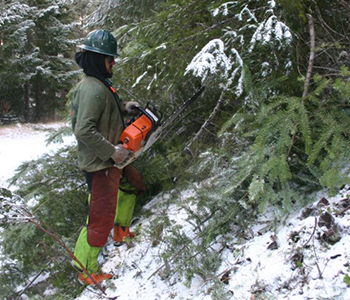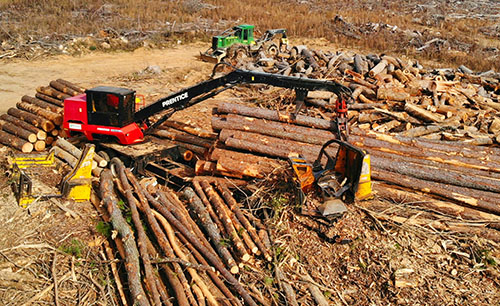Forestry
Evaluation of Wearable-Based Activity Recognition Modeling Applications for Logging Safety
This pilot project is integrating geospatial technology and activity recognition modeling into a Garmin smartwatch and smartphone application for rigging crew workers in the logging industry. This application aims to prevent injuries by improving loggers’ situational awareness by providing real-time updates of their coworkers’ work activity status and location.
Pilot: Sexual Harassment Prevention
This project was created in response to concerns voiced by farmworker health and social service providers about the occupational health risks of women agricultural workers, as well as increased media and legal attention regarding sexual harassment in the agricultural workplace. The hidden nature of this issue profoundly impacts women’s ability to work safely in agriculture. The agricultural industry also shares its concern about the lack of culturally-appropriate educational resources available to address this problem.
Forestry Services

Forestry services work occurs nationwide, yet is often hidden from the public eye.

